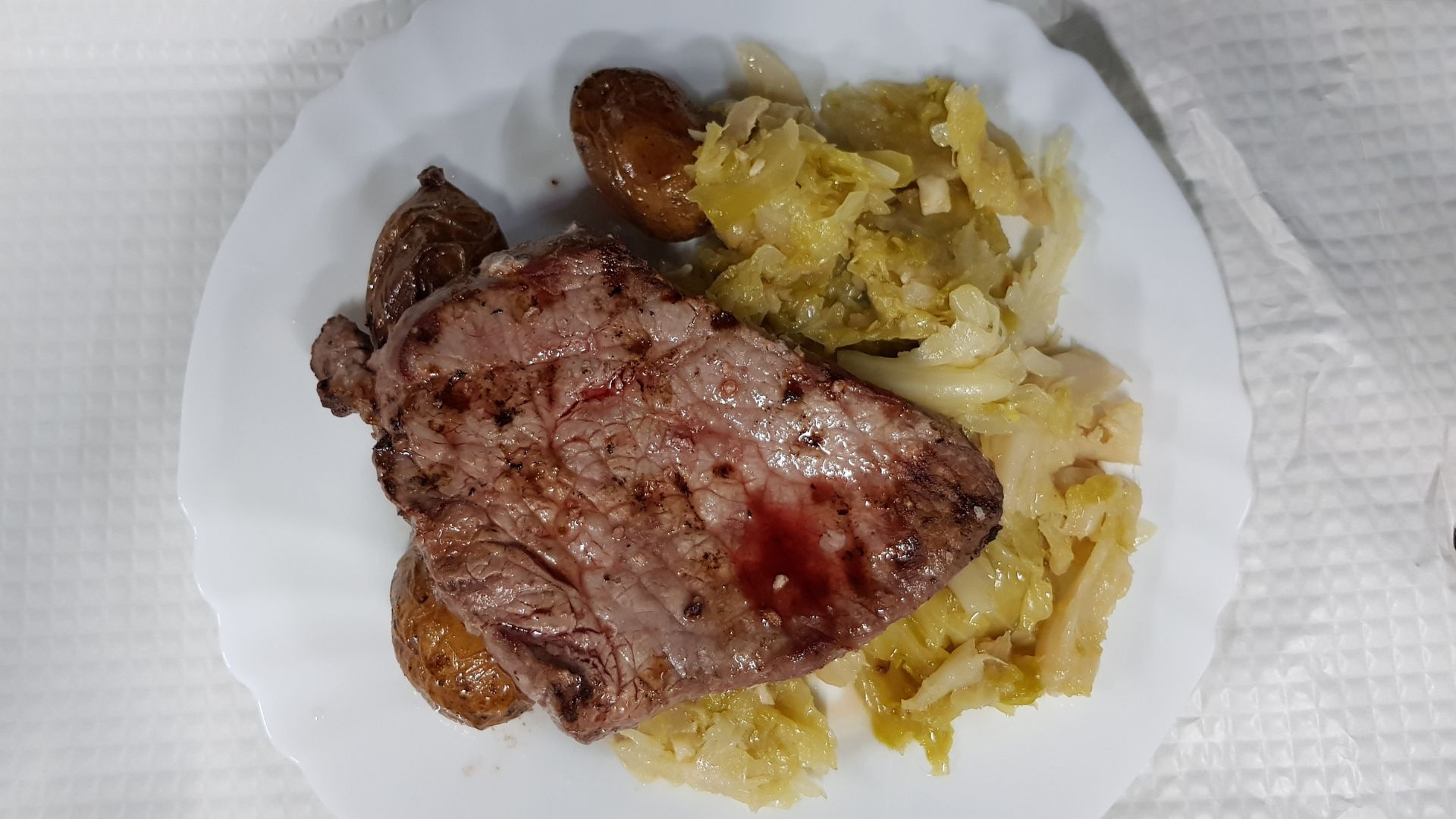There’s just something about Bragança, tucked away in the wild beauty of Portugal’s Trás-os-Montes, that makes you feel like you’ve stepped back in time. Exploring its mighty castle and the unique Domus Municipalis gave me a real sense of the city’s long history as the historic capital of this remote area.
When I wandered through the medieval citadel’s narrow lanes, I could almost sense centuries of stories hidden in the old stone walls.
Bragança’s castle, perched high above the city, dominates the skyline. The views from the top? Absolutely unforgettable.
It’s more than a postcard-perfect landmark—it’s a living reminder of the region’s strategic importance and layered past. Right next to the castle, the Domus Municipalis stands out as a rare, well-preserved Romanesque building, offering another glimpse into Bragança’s unique heritage.
If you’re searching for a real escape in Portugal, far from the crowds, Bragança’s blend of history and authenticity is tough to beat. The city invites you in, promising both memorable sights and the quiet magic of Trás-os-Montes.
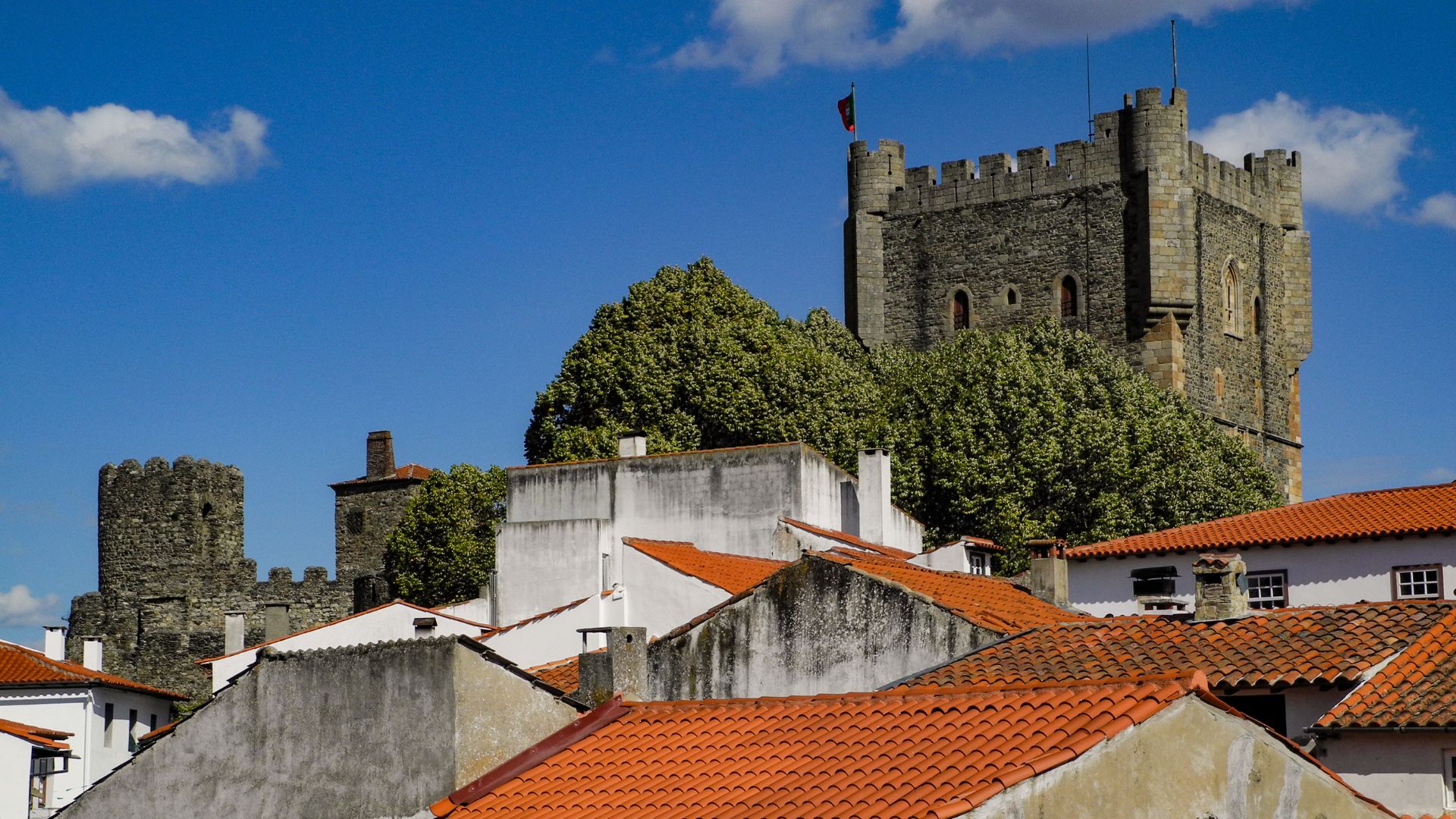
Journey to Bragança: Arrival and First Impressions
Bragança sits in the far northeast of Portugal, surrounded by rolling hills and ancient forests. Getting here means crossing regions filled with hidden gems, medieval towns, and winding roads that offer the kind of peace you rarely find in busier places.
Getting to Northeastern Portugal
I started out in Porto, a lively city with plenty of transport connections to the north. From Porto, trains go as far as Mirandela, but honestly, I found the bus faster and way more convenient for reaching deeper into Trás-os-Montes.
Road trips are popular too, especially if you want to stop in small towns like Vila Real or Chaves along the way. By car, you’ll wind past vineyards and olive groves.
Public buses connect many towns in northern Portugal, though the schedules can get a bit sparse on weekends.
If you’re looking to unwind, Bragança feels like a peaceful retreat. The route might feel long or remote, but the landscapes—dense forests, stone villages, and winding rivers—make every mile worth it.
First Glimpse of the Medieval Town
As I got closer to Bragança, the first thing that caught my eye was its hilltop castle rising above the red-tiled roofs. The old town is wrapped in medieval walls, clearly visible even from afar.
The historic center looks compact and inviting, perfect for exploring on foot.
After walking through the city gate, cobblestone lanes led me right into the heart of the citadel. The streets felt quiet in the late afternoon, and the golden light made the limestone walls almost glow.
Locals greeted each other at tiny cafés or lingered by fountains, giving the place a relaxed, timeless vibe.
I couldn’t help but feel transported. Bragança’s castle dominates the skyline, and the domed roof of the Domus Municipalis peeks out from behind ancient trees.
Every corner seemed to whisper stories from centuries past.
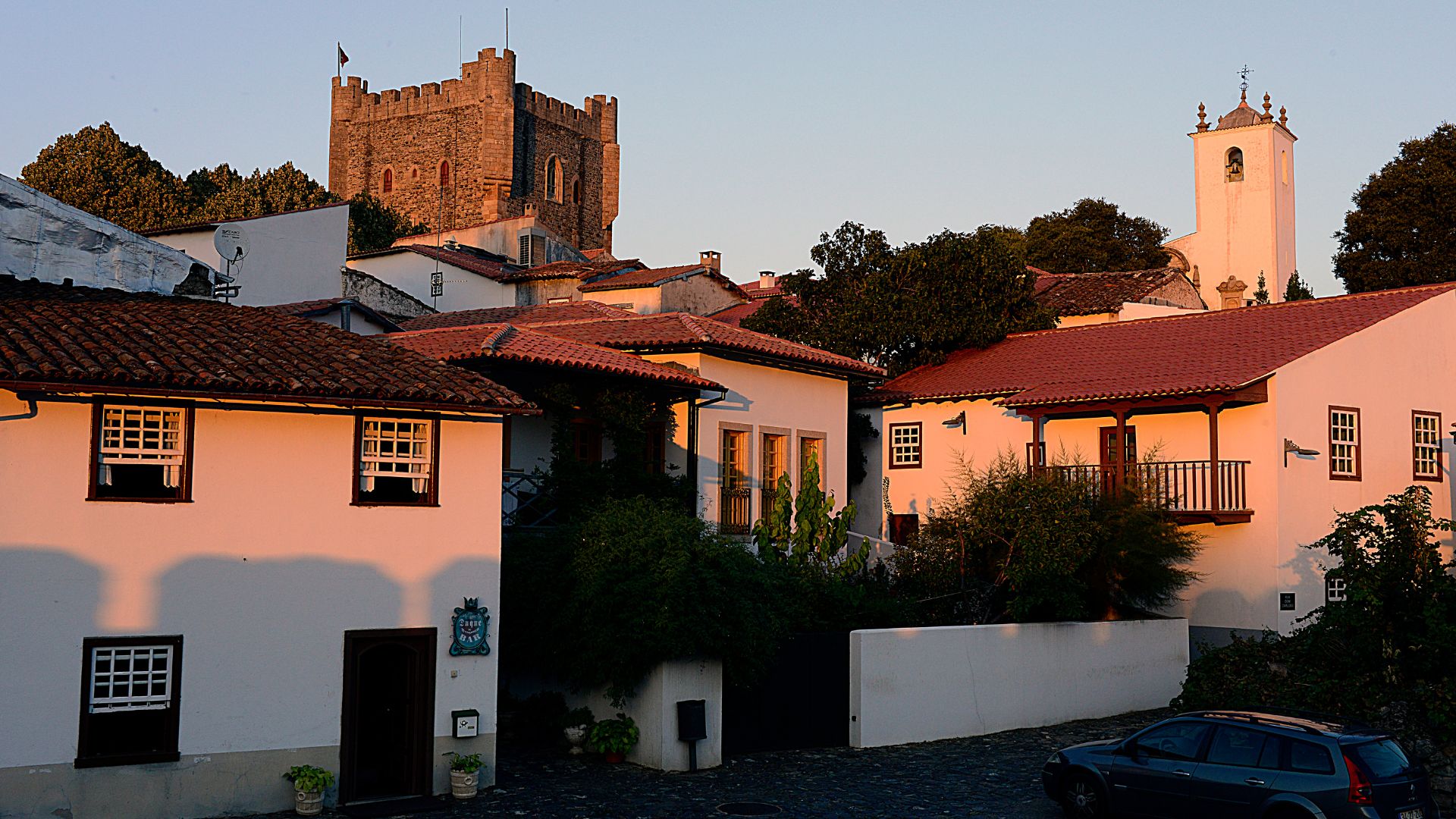
Exploring the Local Atmosphere
Bragança’s atmosphere feels different from busier Portuguese cities. People slow down here.
I noticed more local families than tourists, especially in early summer. Kids played around Sé Square, and older men gathered for cards near the citadel.
Classic bakeries serve up pastel de nata and strong coffee—perfect for a quick break. Boutique shops offer crafts and local jams, while cozy guesthouses nestle along quiet streets.
The residents felt welcoming, always ready with a smile or some friendly advice.
There’s a calm energy in town. Exploring on foot lets you stumble upon museums, old churches, and peaceful parks without any crowds.
Bragança gives you history and a chance to experience daily life in northern Portugal up close.
The Castle of Bragança: History and Architecture
Bragança Castle rises high over the old city, its thick walls and towers revealing centuries of battles and change. As I explored its winding paths, I uncovered tales from the Reconquest era, stories of powerful kings, and signs of the mighty House of Bragança—all anchored within this well-preserved medieval stronghold.
Origins in the 12th Century and the Reconquest
Builders first raised Bragança Castle in the 12th century during Portugal’s Christian reconquest of the region. King Afonso Henriques, the country’s first king, wanted to defend these newly won lands from Moors and rival kingdoms like Castile.
The hilltop location gave the castle sweeping views over the valley and Fervença River. That vantage point made it easy to spot invaders long before they arrived—a real advantage during years of back-and-forth warfare.
They designed the thick walls and simple stone keep to hold out against sieges. During those restless centuries, the castle changed hands several times.
Each conqueror left a mark, but the main shape of the fortress has stayed the same since the early medieval period. I could still spot faint traces of earlier walls and later repairs while walking the battlements.

Touring the Walled Citadel and Watchtowers
Walking through the main gate felt like stepping straight into history. The old citadel, known locally as the “Cidadela,” is surrounded by double stone walls, some lined with watchtowers that stand sharp against the sky.
A cobbled path leads up to the impressive keep, which now houses the Military Museum—definitely one of my trip’s highlights.
From the top of the keep, I looked out over Bragança’s rooftops and the gentle hills of Trás-os-Montes. The views are breathtaking, but also tactical; centuries ago, lookouts scanned these same vistas for signs of approaching armies.
Inside, the old guardrooms display armor, swords, and relics from Portugal’s long military history. Kids climbed the towers with excitement, while I paused by the ancient Inês de Castro plaque—a reminder of the castle’s dramatic medieval stories.
Tip:
- Arrive early to wander the citadel’s winding alleys and snap photos without crowds.
- Don’t skip the Domus Municipalis, a rare Romanesque building right beside the castle walls.
King Sancho I and the House of Bragança
King Sancho I took a special interest in Bragança Castle during his reign in the late 12th century. He reinforced its walls and encouraged settlers to build a small town within the citadel, offering special privileges to help secure the frontier.
This close royal attention set up the rise of the House of Bragança—a noble family that would later rule Portugal. The castle became the symbolic seat of their power in the north, its strong halls hosting councils, planning fortifications, and managing lands across Trás-os-Montes.
You’ll spot evidence of the family everywhere: coats of arms carved above doorways and chapels built for private worship. Each stone seems to echo with stories of Portugal’s shifting fortunes and the House of Bragança’s journey from regional lords to monarchs.
For me, it’s these layers of history—royal intrigue, frontier defense, and everyday medieval life—that make the Castle of Bragança such a rewarding place to visit.
Domus Municipalis and Other Historic Landmarks
Few places in Portugal offer such a direct window into the past as Bragança, where ancient stone and sacred spaces speak of centuries of change. Each landmark I visited told its own story, layering Roman heritage with later architectural beauty.
Domus Municipalis: Europe’s Unique Romanesque Town Hall
The Domus Municipalis stands out as the only surviving example of Romanesque civil architecture in Portugal—and maybe even in all of Europe. Its unusual pentagon shape and the quiet strength of its stone walls really caught my eye.
When I stepped inside, I found a vaulted cistern beneath my feet. Locals say it once collected water, though the main use remains a mystery, even for historians.
Above, a light-filled gallery surrounds visitors with arched windows, making it easy to imagine city leaders gathering here to make important decisions. It’s an extraordinary piece of cultural heritage, blending function with elegance, and hints at Bragança’s role during the turbulent Middle Ages.
If you’re into European history or medieval towns, you shouldn’t miss this spot. As I wandered, I couldn’t help but imagine the voices that once filled the chamber—a rare, physical link to the region’s civic life.
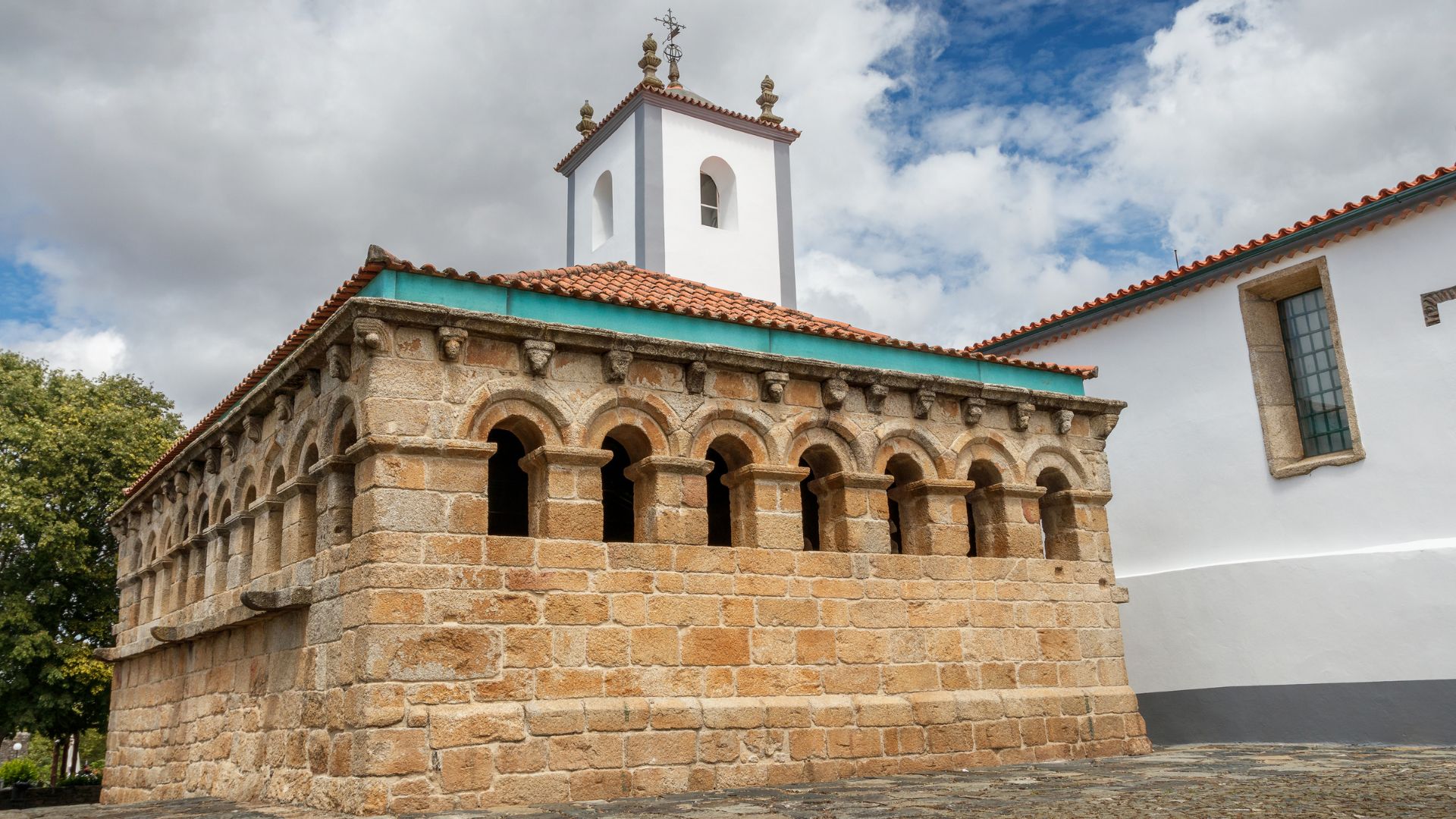
Igreja de Santa Maria and Igreja de São Vicente
Just a short walk from the Domus Municipalis, I found two churches that reveal another side of Bragança’s history. Igreja de Santa Maria catches the eye with its Baroque-style interior, featuring ornate gilded woodwork and a painted ceiling.
The church stands on the site of a former Roman temple, tying the spot to Bragança’s deeper Roman heritage.
Igreja de São Vicente is equally captivating. Known for its simpler lines, it’s famously connected to the secret marriage of King John IV.
While smaller and less grand than Santa Maria, São Vicente offers an intimate atmosphere and well-preserved azulejos that tell biblical stories.
Visiting both churches gave me a clearer sense of the city’s spiritual and architectural evolution. Their details—from sculptures to altars—reflect both the artistic trends of their time and Bragança’s ongoing commitment to preserving its cultural treasures.
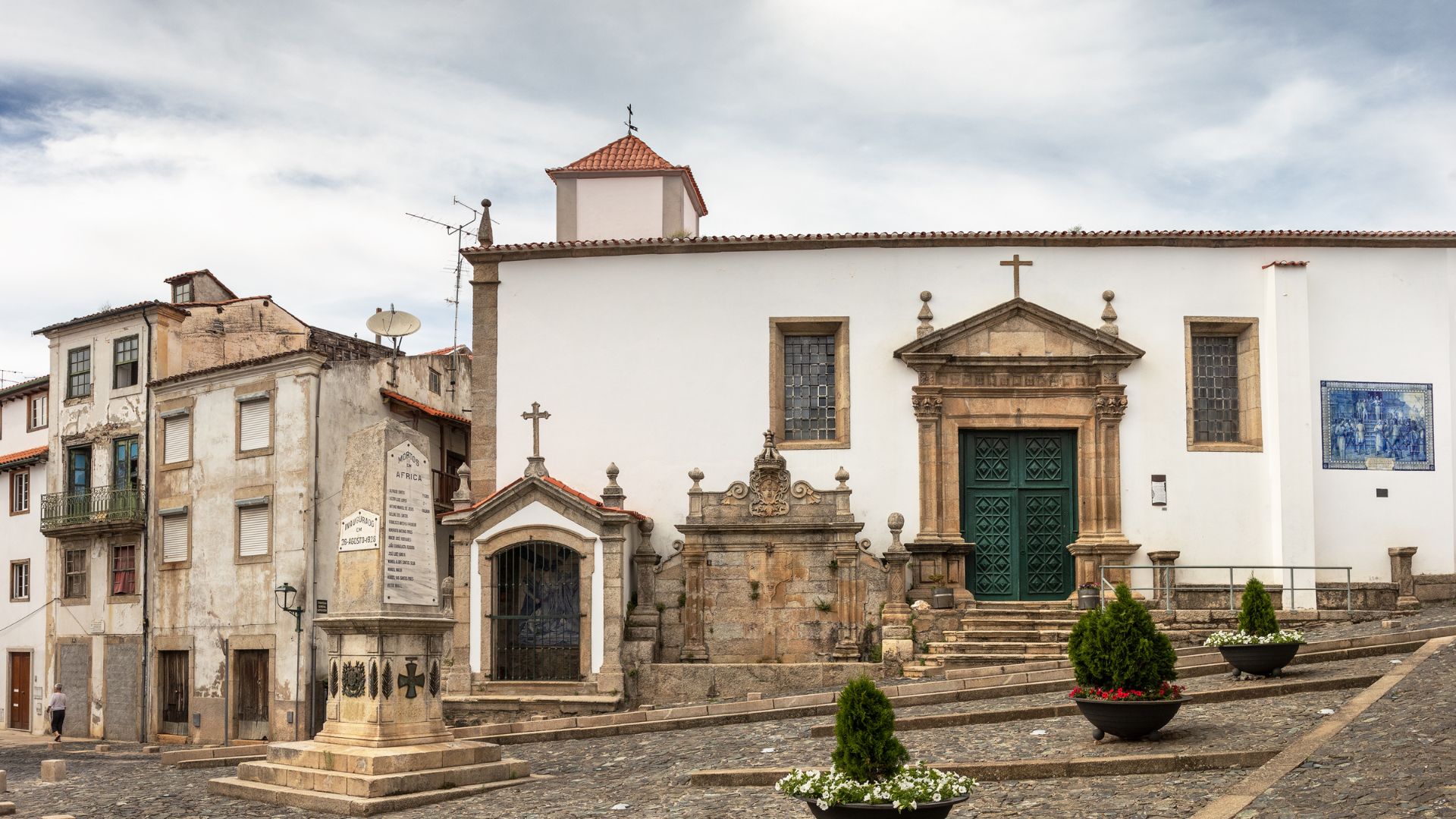
Art, Museums, and Traditional Culture
Bragança’s old town feels alive with history, art, and local customs. I found myself drawn into quiet museums, lively workshops, and galleries bursting with creative energy.
Museu do Abade de Baçal and the Military Museum
The Museu do Abade de Baçal, set inside a former bishop’s palace, surprised me as an unexpected highlight. Its displays made the region’s long and complex past easier to understand.
Room after room revealed Roman artifacts, medieval religious art, and even age-old farming tools.
One exhibit—brightly decorated with traditional costumes—gave me a real sense of how people here once lived. In another, ancient manuscripts and painted tiles told stories of local rulers, especially the Bragança family’s role in Portuguese history.
The nearby Military Museum inside Bragança Castle focuses on the town’s defensive past. I explored collections of old weapons, uniforms, and models of the ancient citadel.
The stone walls and narrow windows added to the atmosphere, letting me imagine what defending Bragança might have been like.
Centro de Arte Contemporânea Graça Morais
A short walk from the citadel, the Centro de Arte Contemporânea Graça Morais introduced me to a new side of Bragança—modern art with local roots. The building itself feels sleek and welcoming, a real contrast to the medieval vibe of the old town.
Inside, Graça Morais’s expressive paintings stood out for their bold colors and thick brushwork. Her art, inspired by Trás-os-Montes life, explores themes like migration and rural women’s routines.
I admired how some pieces blend traditional symbols with abstract shapes, capturing both old ways and modern change.
Alongside her works, the center also hosts exhibitions by other Portuguese and international artists. There’s an airy bookshop and a small café—just right for a break after soaking up all that creativity.
Traditional Crafts and Local Traditions
Everywhere I turned, Bragança’s traditional crafts caught my attention. One morning, I ducked into a ceramics shop filled with hand-painted pottery and unique clay whistles called brigantias.
The shop owner explained how each piece is made in nearby villages using techniques passed down for generations.
Embroidery and lacework, often sold in the Sunday market at Sé Square, revealed another facet of local talent. I watched artisans stitch intricate patterns while chatting with neighbors, making the experience as much about community as the craft itself.
Cultural events, especially summer festivals, bring these traditions to life with music, dance, and plenty of regional food. I felt lucky to sample smoked sausages and chestnut cake while listening to folklore groups perform in the heart of town.
This spirit of hospitality and pride in local heritage makes Bragança truly memorable.
Nature and Outdoor Adventures Near Bragança
Bragança is more than just ancient walls and history. The wild landscapes around the city drew me outside, offering real peace, bright bird songs, and endless trails to explore—whether on foot or from a quiet lookout.
Montesinho Natural Park: Biodiversity and Hiking
When I first wandered into Montesinho Natural Park (Parque Natural de Montesinho), it honestly felt like I was stepping onto another planet. This place stretches over 75,000 hectares, packed with oak woods, open meadows, and rugged hills.
Here’s what really caught my attention:
- Diverse habitats: Rolling grasslands shift into river valleys like Fervença in no time.
- Wildlife spotting: I bumped into deer and wild boar, and locals told me wolves sometimes pass through. Bird lovers, you’ve got golden eagles and European bee-eaters to watch for.
- Trails for all levels: Hiking paths are clearly marked, whether you’re after a short stroll or a full-day adventure. I especially loved the trail winding through broom fields, all lit up with yellow blossoms.
Montesinho feels like a paradise for nature lovers. You can grab maps at the visitor center. If you’re curious about the ecosystem, guided tours are on offer too.
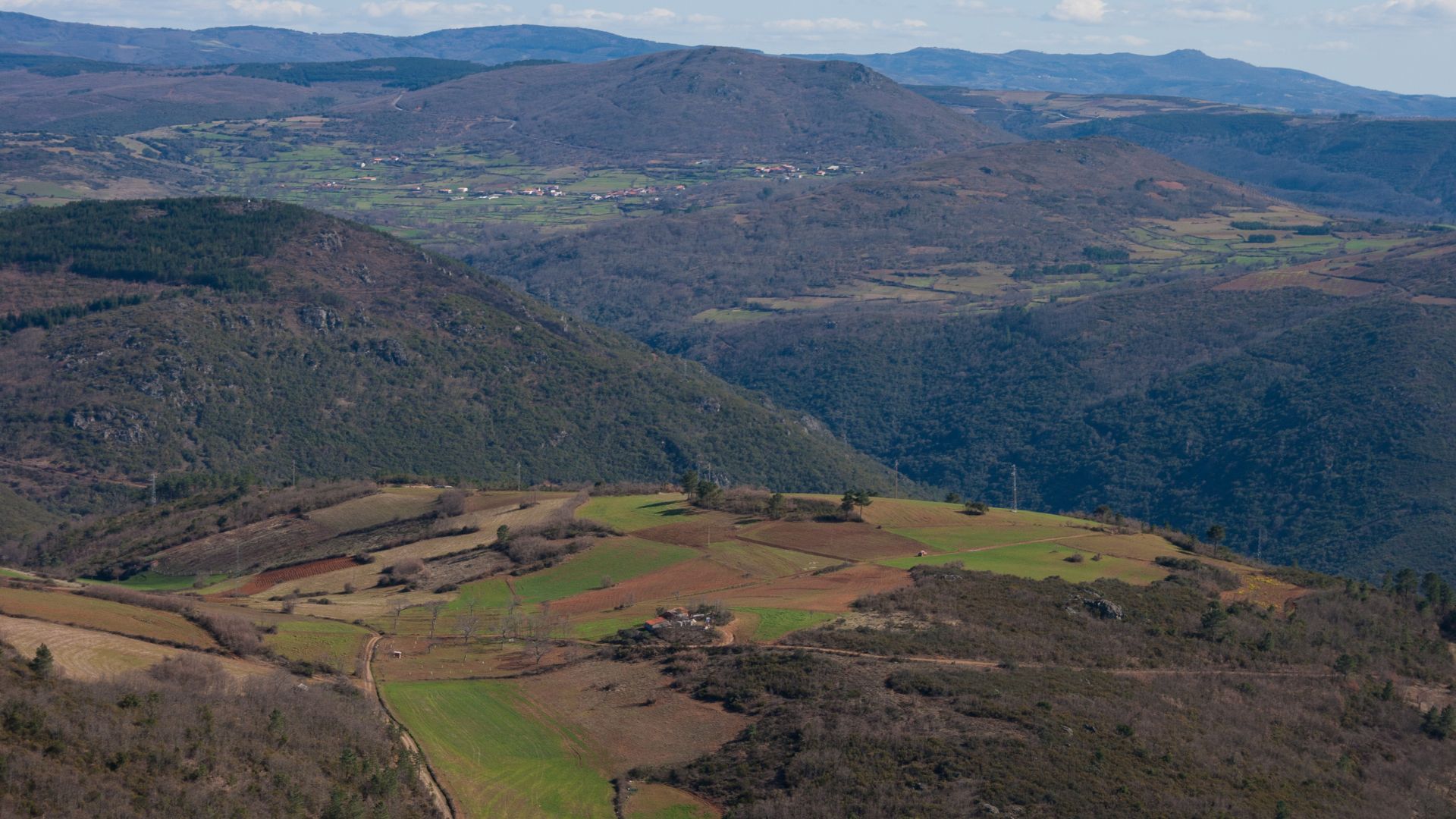
Panoramic Views and Birdwatching
One thing hit me right away: Bragança sits surrounded by some pretty stunning viewpoints. The hills just outside town open up to sweeping vistas across Trás-os-Montes. If you head up early, you’ll catch the mist still hanging over the Fervença River.
For birdwatching, I just used a pocket guide and some old binoculars. Birds are everywhere here.
In a single morning, I managed to spot:
- Griffon vultures drifting high above
- Red kites circling the rocky cliffs
- Kingfishers darting by the riverbank
Spring through early fall seems like the sweet spot for birdwatching. Local guides run half-day trips if you want to up your chances of seeing wildlife.
Day Trips to Miranda do Douro
Craving a change of pace, I hopped in the car for a day trip to Miranda do Douro—just about an hour from Bragança. This border town perches above the jagged cliffs of the Douro River.
The Douro Internacional Natural Park starts here, famous for dramatic gorges and rare wildlife. I took a short boat ride and, honestly, watching Egyptian vultures soar overhead was unforgettable.
On foot through the Mirandese countryside, I wandered past wildflowers, crumbling stone walls, and wide-open fields. If you’re lucky, you might even hear the Mirandese language—one of those quirky bits of living culture you won’t find anywhere else.
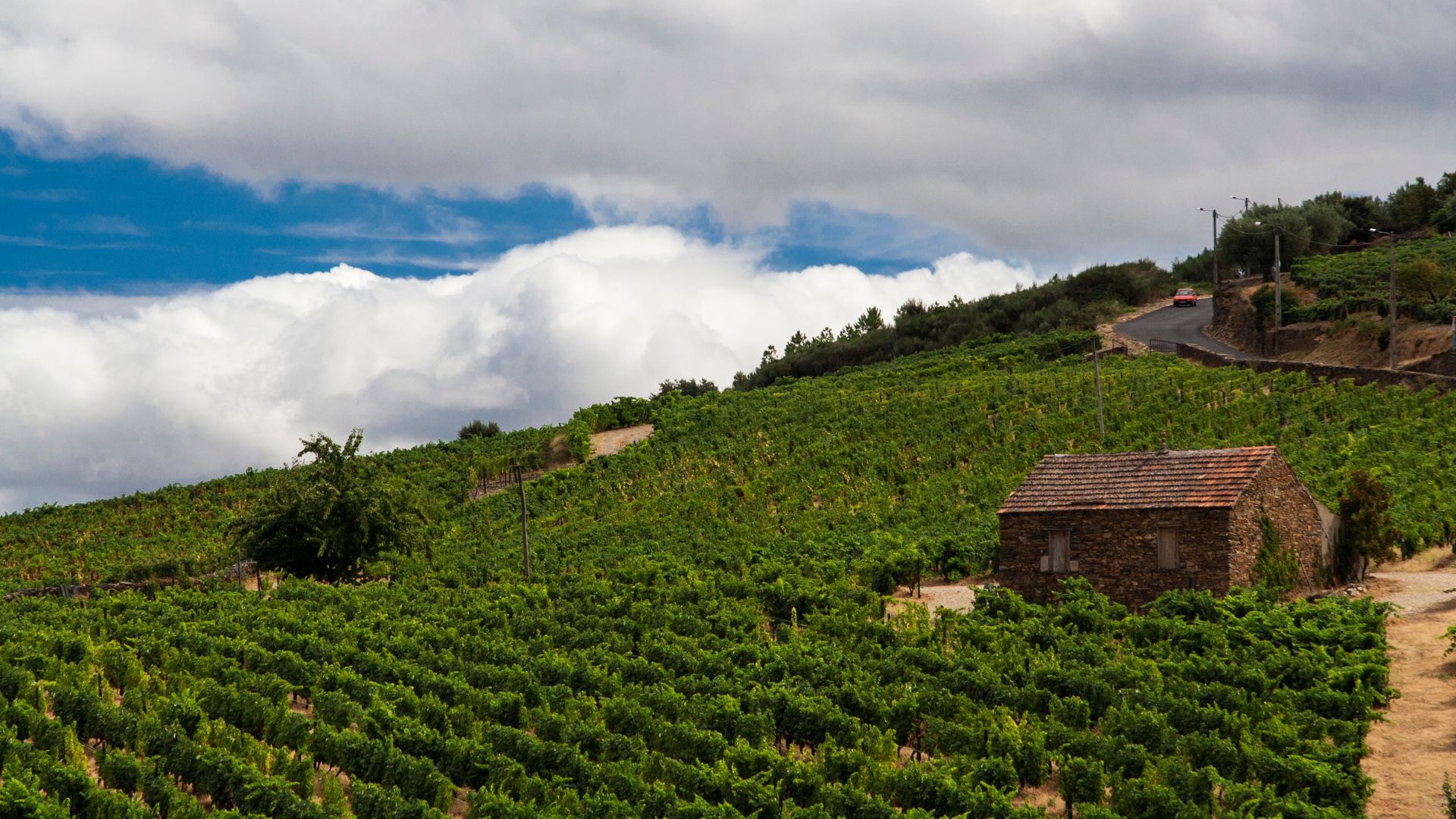
Culinary Discoveries and Local Experiences
Bragança’s food scene drew me in right away. There’s a deep connection to tradition and a real pride in local identity. Classic dishes and unique wines highlight the region’s culture and medieval charm.
Wine and Regional Gastronomy
Every meal in Bragança felt like a small celebration. Wine matters here—a lot. Trás-os-Montes turns out bold reds and crisp whites, and they just work with the food. Family restaurants and cozy taverns often serve house wines from vineyards just down the road.
Menus brim with hearty stews, wild mushrooms, and sausages smoked over wood fires. These aren’t just recipes; they’re bits of family history. Rustic bread and plates of local cheeses always landed in the middle of the table, making each meal feel both simple and kind of unforgettable.
| Dish | Key Ingredient | Notable Feature |
|---|---|---|
| Alheiras | Smoked Sausage | Unique seasoning, history |
| Wild Mushroom Soup | Local Mushrooms | Earthy, foraged flavors |
| Regional Cheeses | Sheep/Goat Milk | Creamy and savory |
Posta Mirandesa and Vinho Verde
I couldn’t help but crave the famous Posta Mirandesa. This steak comes thick and juicy, cut from Mirandesa beef, and grilled right over hot coals. They just sprinkle on some salt, but the flavor? It’s unforgettable.
People here really love their beef. I heard more than once that it’s the best you’ll find in Portugal.
I grabbed a glass of Vinho Verde—that light, slightly fizzy wine. It cuts through the richness of the steak and somehow makes everything taste brighter.
The wine’s acidity works wonders with heavier dishes, and honestly, it pairs beautifully with smoky meats and sharp cheeses.
To soak up more of Bragança’s vibe, I wandered into an open-air festival. Locals filled the streets, and food stalls seemed to pop up everywhere.
I tried everything from slices of cured ham to chestnut desserts. Laughter and music bounced off the old stone walls, making the whole scene feel like something out of a story.
